 The Port Authority of New York and New Jersey reportedly spent more than $100 million on a Perimeter Intrusion Detection System, which was intended to protect the local airports from terrorist attack. (Some sources put the cost at $300 million.) How well is it working? Not so well. Lost kayakers, amorous drunken power boaters and jet skiers out of gas have all managed to blunder through the security system wholly undetected at the two city airports located on the water.
The Port Authority of New York and New Jersey reportedly spent more than $100 million on a Perimeter Intrusion Detection System, which was intended to protect the local airports from terrorist attack. (Some sources put the cost at $300 million.) How well is it working? Not so well. Lost kayakers, amorous drunken power boaters and jet skiers out of gas have all managed to blunder through the security system wholly undetected at the two city airports located on the water.
Last weekend, two kayakers went kayaking on Jamaica Bay at night in a double kayak. They capsized, lost a paddle, and got confused at to where they were. They used their one remaining paddle to make their way to the closest land they could see, which happened to be the end of New York’s John F. Kennedy International Airport’s Runway 4L. The airport’s perimeter detection system didn’t notice their arrival. The two walked until they found maintenance workers and asked for help.

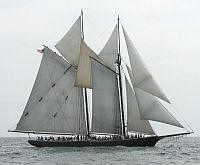 Great news, for a change. The historic schooner
Great news, for a change. The historic schooner 

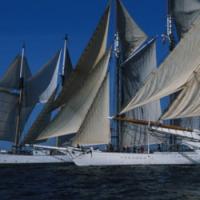
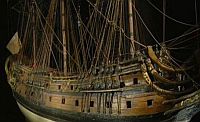
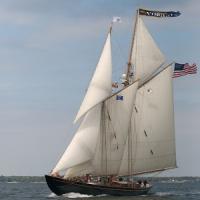 The bad news just keeps coming. The
The bad news just keeps coming. The 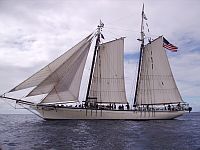

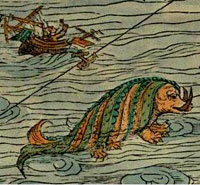 In 2009,
In 2009, 
 PortSide New York,
PortSide New York,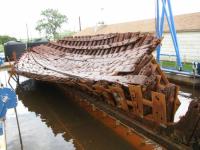 Two years ago
Two years ago 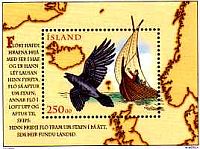
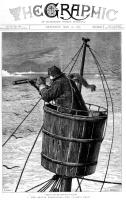
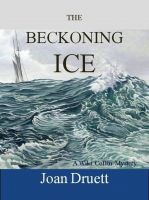 Congratulations to
Congratulations to 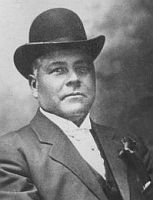 Today is the 155th anniversary of the birth of
Today is the 155th anniversary of the birth of